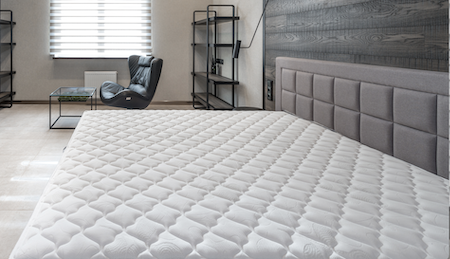
It is common experience that sleep, besides taking up about a third of our lives, is one of the physiological activities of man that are fundamental to his psycho-physical balance. We all have experience of how we feel in the aftermath of a sleep in which, for one reason or another, we slept badly: irritability, a drastic decrease in the ability to concentrate and other short-lived, but extremely annoying ailments. Undoubtedly one of the objective factors contributing to sleep is the mattress.
Choosing a good mattress can ensure us a better night's rest and benefit our health, but the purchase is not easy also because the market offers a very wide range of products.
Obviously, there is no mattress that can meet everyone's expectations.
Each person, depending on their age, weight and habits, may have a different perception of mattress comfort.
The importance of this topic was also recognised in the standardization context already in the 1990s. In 2000, the European Technical Committee CEN/TC207 developed an initial version of the EN 1957 standard “Beds and mattresses - Test methods for the determination of functional characteristics and assessment criteria”, a document that has undergone several revisions over the years.
The aim of EN 1957 is to determine parameters that scientifically describe the most subjective functional characteristics, such as the sensation of "soft” or "hard" that a person has when lying on a mattress, and to measure their variation after the product has been subjected to a fatigue cycle simulating the use exerted by a body.
In the laboratory, using a roller of specified dimensions and weighing approximately 140 kg that is run over the surface of the mattress 30,000 times, the application of loads and movements typical of prolonged use of the mattress is simulated.
Go on reading....For info:Alberto Gelosa
+39 039 464567
gelosa@catas.com

